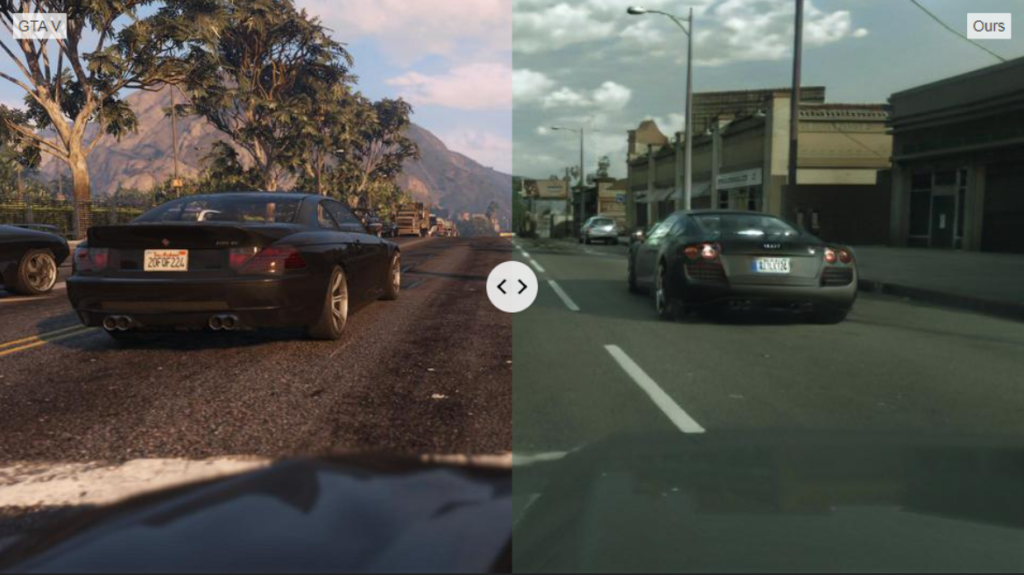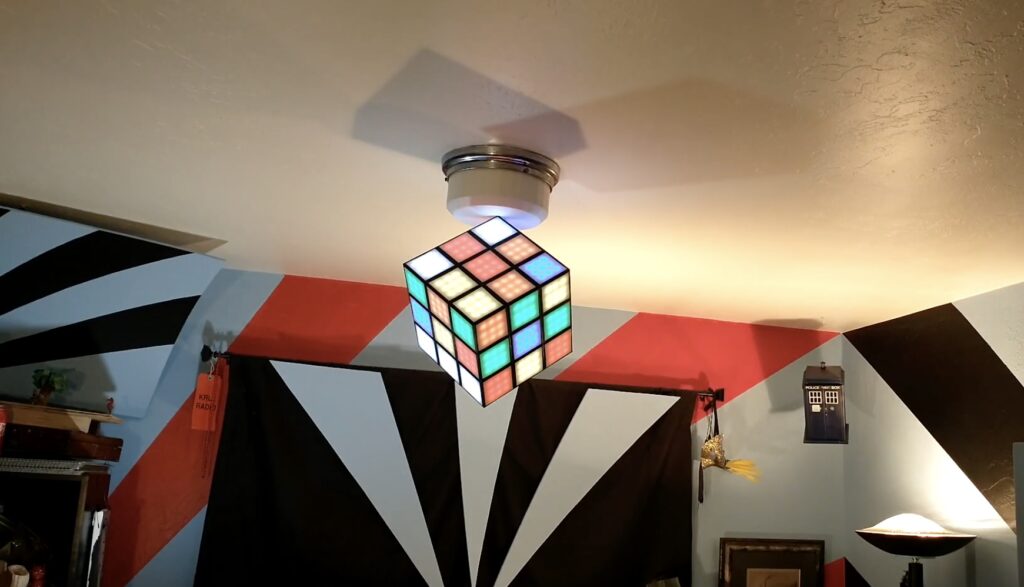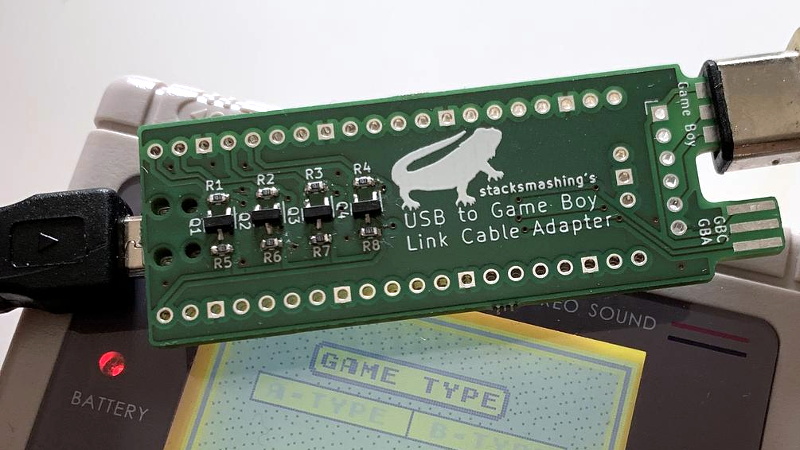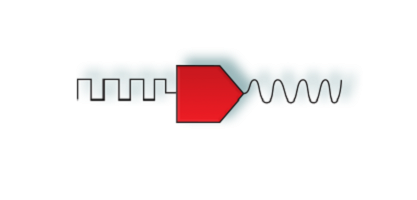An AI research group has released a new video showcasing a new photorealism enhancement tool being applied to GTA 5 – and the results are stunning.As part of the Intel ISL research group’s Photorealism Enhancement project, the new machine learning tool helps make computer-generated images more realistic by analyzing each frame of the game animation and comparing that to real-life images before applying enhancements based on them. In a video demonstration, Intel ISL shows some regular gameplay of Grand Theft Auto 5 before switching over to its tool’s output, which analyzes the gameplay footage and uses machine learning to make it look more photorealistic.




